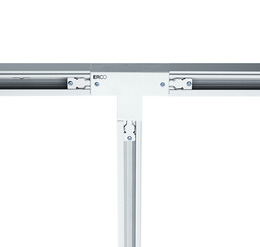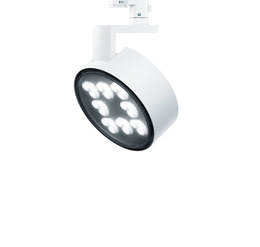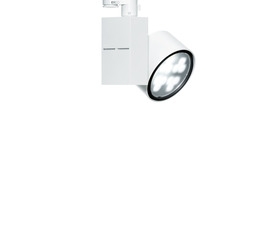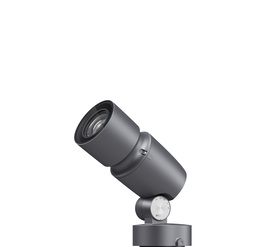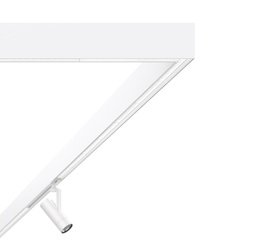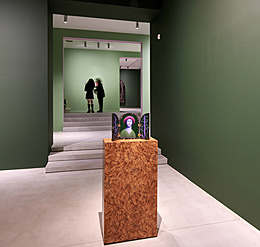Denmark's most important and only surviving glassworks recently reopened as a center for glass art within the historic architecture of the former Holmegaard factory, located south of Copenhagen. The lighting concept for the new cultural center with exhibition areas and glass workshop aims, on the one hand, to bring the history of this important industrial site and its buildings to life. On the other, it enables the exhibits to be vividly displayed – by optimally emphasizing their colors, shapes and materials in the ‘abandoned’ glassworks. A wide variety of mostly customized LED spotlights from ERCO respond to the special requirements for exhibition lighting within the complex system of highly differing spatial and daylight situations: in addition to low rooms completely without daylight, there are also hall-like rooms up to ten meters high with skylights and daylight entering from the side. Colored light is also used to breathe life into the architecture and glass art.
Holmegaard is a piece of living industrial culture: up to 1,200 workers were employed until the official closure of Denmark's most important glassworks in 2008. Soon the region expressed a desire to preserve the buildings and re-function them as a museum. Funds have been raised for this ambitious project for years. As a result, the new Holmegaard Værk cultural centre opened its doors with exhibition spaces, a glass workshop, offices, a restaurant and a shop.
“ERCO fixtures were already in use at ‘Museum Sydøstdanmark's’ other locations. Today, a total of around 1,600 luminaires are installed in our exhibitions, half of which are at Holmegaard Værk. The factors of quality, durability and reliability of the maintenance-friendly ERCO LED luminaires were crucial in the decision to use them in all our locations – and all the way from exhibition areas and the offices to the workshop. The high flexibility that characterizes the system of spotlights and floodlights for track, together with the visual comfort, even in high rooms and different daylight situations, are also important for our selection. The choice of ERCO was therefore natural when we had to get started with Holmegaard Værk,” explains Carl-Henrik Hansen, the museum's technical manager.





















